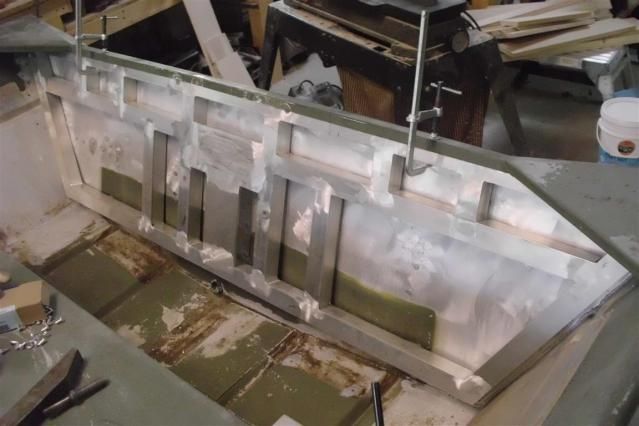Well, here is the progress I made so far. The wood is soft, especially in the middle. I guess the next step is to remove the wood. So far I've haven't had to remove the knee braces.
The wood is 1 1/4" thick. I guess I will by a sheet of 3/4" and 1/2" marine grade plywood and cut to fit. My understanding is I am supposed to coat the wood with fiberglass resin.
Any tips at this stage?
The wood is 1 1/4" thick. I guess I will by a sheet of 3/4" and 1/2" marine grade plywood and cut to fit. My understanding is I am supposed to coat the wood with fiberglass resin.
Any tips at this stage?











